 October 2025
Europe’s unified vision for space governance and growth
October 2025
Europe’s unified vision for space governance and growth
... across sectors like agriculture and climate, and capturing the in-space economy. Key initiatives include the CASSINI Accelerator (for startups), the Scala Investment Fund for manufacturing resilience, and new public procurement instruments...
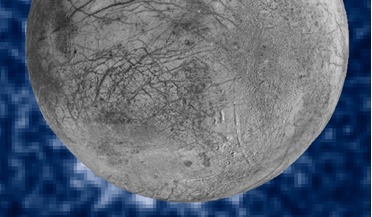 27 September 2016
Astronomers observe possible water vapour plumes on Europa
27 September 2016
Astronomers observe possible water vapour plumes on Europa
... known to have water vapour plumes. The other is Saturn's moon Enceladus, which In 2005, was detected by NASA's Cassini orbiter to produce jets of water vapour and dust emanating from its surface. Scientists will have to wait...
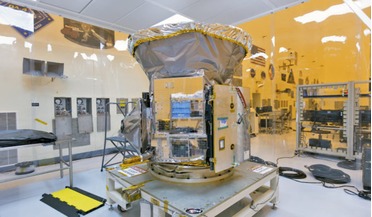 19 February 2018
TESS arrives in Florida ahead of its April launch
19 February 2018
TESS arrives in Florida ahead of its April launch
... be prepped for launch at Kennedy’s Payload Hazardous Servicing Facility (PHSF), the same clean room used by NASA’s Cassini, New Horizons, Mars rovers and OSIRIS-REx missions, to name but a few, before their launches. Once...
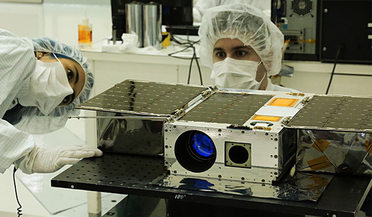 23 April 2018
CubeSats lead the way for new NASA missions
23 April 2018
CubeSats lead the way for new NASA missions
NASA’s TESS mission might have stolen all of the headlines recently in it’s quest to find more exoplanets, but another mission from NASA has recently shown that you don’t need to be big and burly to reap the same rewards. Called ASTERIA, or the ...
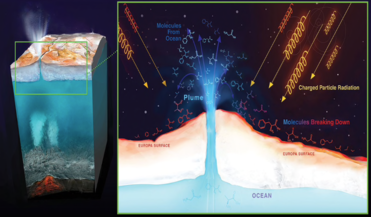 25 July 2018
Radiation on Europa dictates where search for life begins
25 July 2018
Radiation on Europa dictates where search for life begins
...-vapour plumes shooting out from the bottom of canyons on the moon’s south pole were discovered by the Cassini spacecraft in 2005, space agencies around the world were quick to start preparing for a future visit to the...
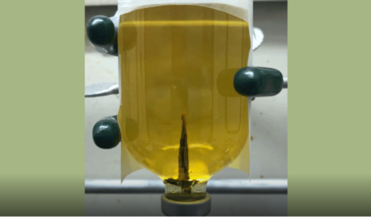 04 March 2019
Does life grow like this elsewhere in the cosmos?
04 March 2019
Does life grow like this elsewhere in the cosmos?
... oceans beneath their frozen surfaces that are in contact with their seafloor. Not only that but Cassini has already revealed that jets of icy particles which shoot out at about 800 miles per hour...